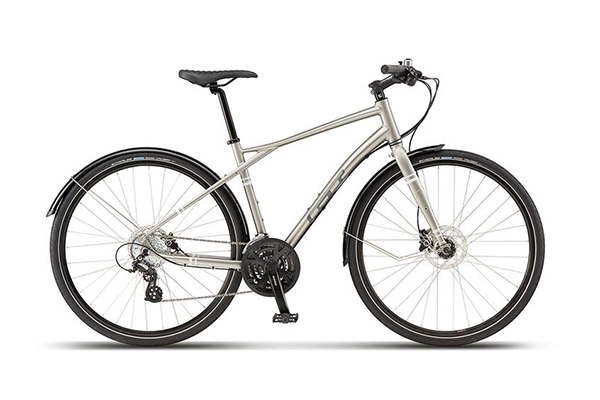If you’re planning to install a new patio, walkway, or other outdoor living area, you may be wondering which type of stone to use. Two popular choices are flagstone and bluestone. In this article, we’ll compare the two types of stone and help you determine which one is right for your project.
What is Flagstone?
Flagstone is a type of sedimentary rock that is typically composed of sandstone or quartzite. It gets its name from the fact that it is often used to make flags or paving stones. Flagstone is known for its natural, irregular shape and texture, which gives it a rustic and timeless look.
Characteristics of Flagstone
- Irregular shape and texture
- Wide range of colors, including browns, reds, greens, and blues
- Naturally slip-resistant surface
- Durable and long-lasting
- Can be cut into various shapes and sizes
Common Uses of Flagstone
Flagstone is a versatile stone that can be used in a variety of outdoor living projects, including:
- Patios
- Walkways
- Driveways
- Retaining walls
- Pool decks
- Steps and staircases
Pros and Cons of Flagstone
Pros
- Natural, rustic look
- Wide range of colors and textures to choose from
- Slip-resistant surface
- Durable and long-lasting
- Easy to cut and shape
- Low maintenance
Cons
- Can be more expensive than other types of stone
- Installation can be labor-intensive
- Can be prone to staining if not sealed properly
- Uneven surface may not be suitable for some applications
What is Bluestone?
Bluestone is a type of sandstone that is characterized by its blue-gray color. It is quarried primarily in the northeastern United States and is known for its durability and resistance to weathering.
Characteristics of Bluestone
- Blue-gray color
- Fine-grained texture
- Smooth, uniform surface
- Highly durable and long-lasting
- Resistant to weathering and erosion
Common Uses of Bluestone
Bluestone is a popular choice for a variety of outdoor living projects, including:
- Patios
- Walkways
- Pool decks
- Steps and staircases
- Retaining walls
- Fountains and water features
Pros and Cons of Bluestone
Pros
- Uniform appearance and color
- Highly durable and long-lasting
- Resistant to weathering and erosion
- Low maintenance
- Easy to work with
Cons
- Limited color options
- Can be more expensive than other types of stone
- May not be suitable for some applications due to smooth surface
Differences between Flagstone and Bluestone
When comparing flagstone and bluestone, there are several key differences to consider:
Appearance and Color Variations
Flagstone comes in a wide range of colors and textures, making it a versatile option for a variety of outdoor living projects. Bluestone, on the other hand, is typically limited to shades of blue-gray. If you’re looking for a stone with a uniform appearance, bluestone may be the better choice.
Durability and Maintenance
Both flagstone and bluestone are highly durable and long-lasting, but they do require some maintenance to keep them looking their best. Flagstone may be more prone to staining if not sealed properly, while bluestone may require more frequent sealing to protect against weathering and erosion.
Cost and Availability
Flagstone and bluestone can both be more expensive than other types of stone, but their cost can vary depending on the quality, thickness, and availability of the stone. Bluestone is typically more expensive than flagstone due to its durability and resistance to weathering. Both types of stone can be found at most stone yards and home improvement stores, but availability may vary depending on your location.
Suitability for Different Applications
Flagstone’s irregular shape and texture can make it a good choice for applications where a rustic, natural look is desired. Its slip-resistant surface also makes it a good option for pool decks and other areas where safety is a concern. Bluestone’s smooth, uniform surface may be more suitable for applications where a modern, sleek look is desired.
Which One is Right for You?
Choosing between flagstone and bluestone ultimately comes down to personal preference and the specific needs of your project. Here are some factors to consider when making your decision:
- Budget: Flagstone may be a more cost-effective option for smaller projects, while bluestone may be worth the investment for larger, high-traffic areas.
- Aesthetics: Do you prefer the natural, rustic look of flagstone or the uniform appearance of bluestone?
- Functionality: Consider the specific needs of your project. Is slip-resistance a concern? Will the stone be exposed to harsh weather conditions?
- Maintenance: How much time and effort are you willing to put into maintaining your outdoor living area?
Conclusion
When it comes to choosing between flagstone and bluestone for your next outdoor living project, there is no right or wrong answer. Both stones offer their own unique advantages and disadvantages, and the decision ultimately comes down to your personal preference and the specific needs of your project. Whether you choose the natural, rustic look of flagstone or the sleek, uniform appearance of bluestone, you can be sure that your outdoor living area will be both beautiful and functional for years to come.




